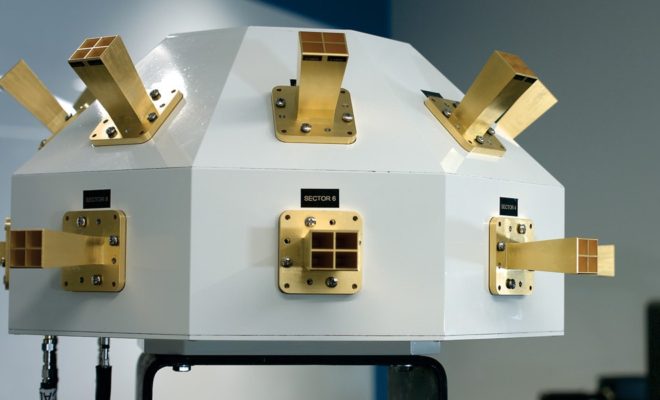Many members of the telecommunications industry have been experimenting with new means to chart the mmWave spectrum, the band of spectrum between 30 gigahertz (Ghz) and 300 Ghz, in preparation for upcoming 5G wireless networks, which are expected to utilize the spectrum’s characteristics to the fullest and be the primary means for 5G coverage. It’s vital for companies to inspect how wireless signals are affected by any given environment, from buildings and local foliage to cars and people who pass through the area, and rain or other weather conditions, so they know of any potential changes they’ll have to make during their attempts to define 5G specifications. Organizations such as the FCC and the 3rd Generation Partnership Project (3GPP) which unites seven telecommunications standard development organizations, are already laying out their plans to utilize the spectrum for use with 5G, and many companies are still determining how to best gauge the requirements this will need. But National Instruments (NI) and AT&T have been collaborating on a new device that will make measuring the spectrum significantly easier than it has been up to this point.
Dubbed The Porcupine by both companies, the instrument is the first of its kind and one of the most advanced tools for millimeter wave testing to ever be built. Channel sounders are primarily used to check the specific characteristics of particular frequencies, charting their propagation behavior across the spectrum, but none have been as advanced as the Porcupine. Based on the previous National Instruments millimeter wave transceiver system, the current model is the first of its kind and capable of angle-of-arrival measurements, AOA measurements within 150 milliseconds, and to chart them at a previously unheard of speed. It is also designed to take real-time measurements and monitor channel parameters within a given mmWave Spectrum. Previous systems could take upwards of 15 minutes to produce a single test result. The Porcupine is able to process 6,000 measurements in that same amount of time. This additional strength of the Porcupine eliminates time spent repeating tests for accuracy, instead providing accurate real time measurements and helping enhance efficiency during testing for the spectrum.
One of the goals in designing the device is to better gauge the strengths and limits of the mmWave spectrum, giving designers around the world a general ballpark to work with for future network design and planning. AT&T is planning on utilizing the device to help them map out any and all pertinent spots that require additional network equipment to better provide stronger wireless capability to consumers nationwide. In short? This device might be one of the most important tools AT&T has for mapping out the future of 5G wireless. In a statement released from AT&T, SVP of wireless network architecture Marachel Knight said, “Utilizing mmWave spectrum for mobile 5G presents many challenges which we believe can be solved… We identified early on that designing and real-time monitoring of millimeter wave spectrum needs to be much more precise than today’s cellular systems. With the help of NI’s flexible hardware and software platform, AT&T developed a new type of channel sounder, and we’re using it to develop highly advanced models that will work for our network.”

